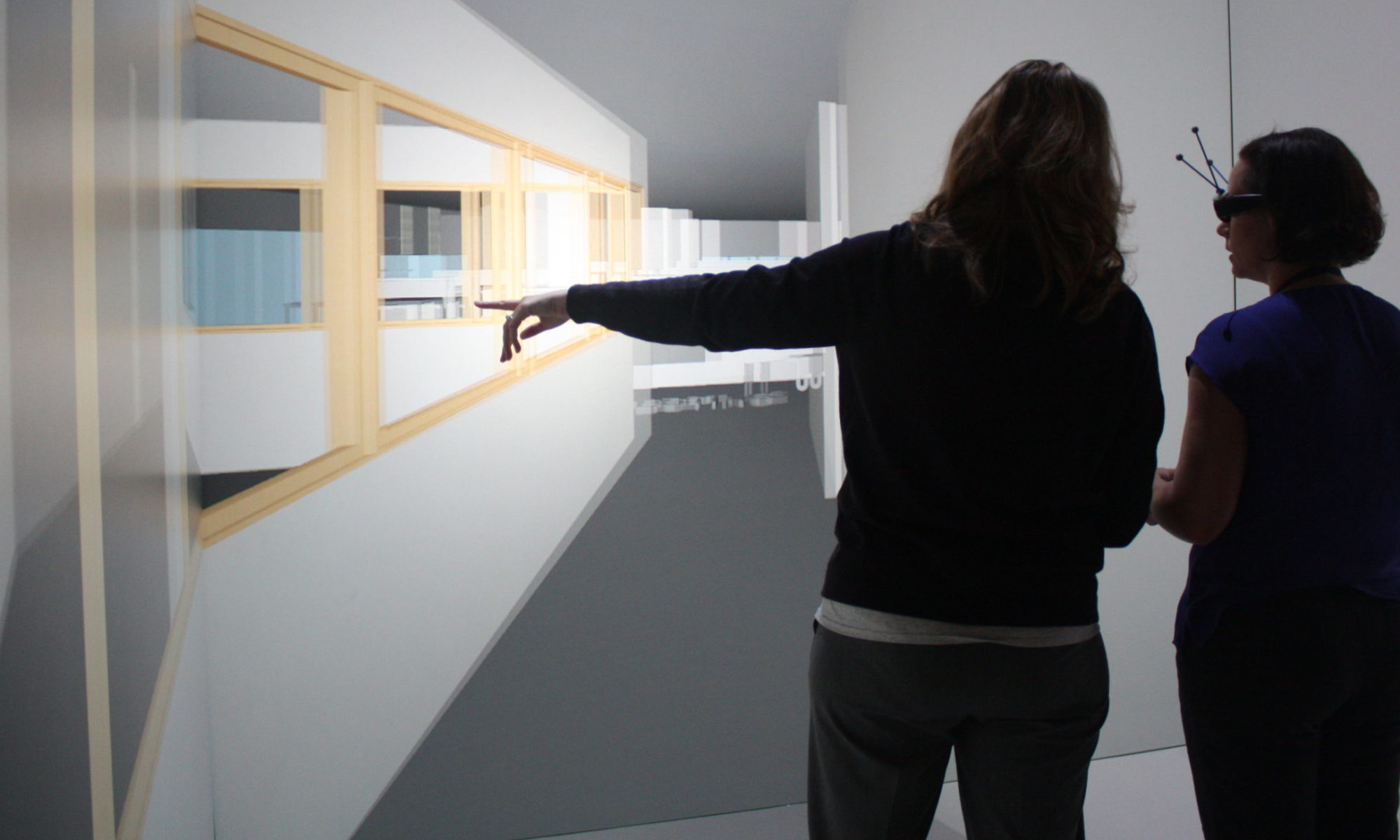U-M Future of Visualization Committee Issues Report

The U-M Future of Visualization Committee* issued a report early this month focusing on the role Visualization plays at the University of Michigan, as well as steps for addressing growing needs on campus. The report concluded that two “visualization hubs” should be created on campus to make computing visualization services more accessible to our campus research community. “The hubs envisioned by the committee would leverage existing resources and consist of advanced workstations, high bandwidth connectivity, and collaborative learning spaces, with a support model based on that of the Duderstadt Center and Flux. The hardware and software would be configured to allow departments or individuals to purchase their own resources in a way that would reduce fragmentation and allow for efficient support, training, and maintenance.” (Text courtesy of Dan Miesler and ARC)
The following excerpts from the executive summary of the report highlight the importance and educational value of visualization services:
“The University of Michigan has seen incredible growth and change over the years. The growth will continue as we innovate and adapt. How we teach, conduct research, facilitate student learning, push technological boundaries, and collaborate with our peers will create demand for new tools and infrastructure. One such need is visualization because of the imperative role it plays in facilitating innovation. When one considers the vast quantities of data currently being generated from disparate domains, methods that facilitate discovery, exploration, and integration become necessary to ensure those data are understood and effectively used.
There is a great opportunity to change the way research and education has been done but to also allow for a seamless transition between the two through advancements in connectivity, mobility, and visualization. The opportunity here is tremendous, complex, and in no way trivial. Support for a responsive and organized visualization program and its cyberinfrastructure needs is necessary to leverage the opportunities currently present at the University of Michigan.”
A full copy of the report is available here.
*The committee was created by Dan Atkins with the charge of evaluating existing visualization technologies and methods on campus; developing an action plan for addressing deficiencies in visualization needs; establishing a group of visualization leaders; and communicating with the community on visualization topics. It is composed of faculty members and staff from ARC, University Libraries, Dentistry, LSA, the Medical School, ITS, Architecture and Urban Planning, Atmospheric and Oceanic and Space Sciences, and the College of Engineering. (Text courtesy of Dan Miesler and ARC)









